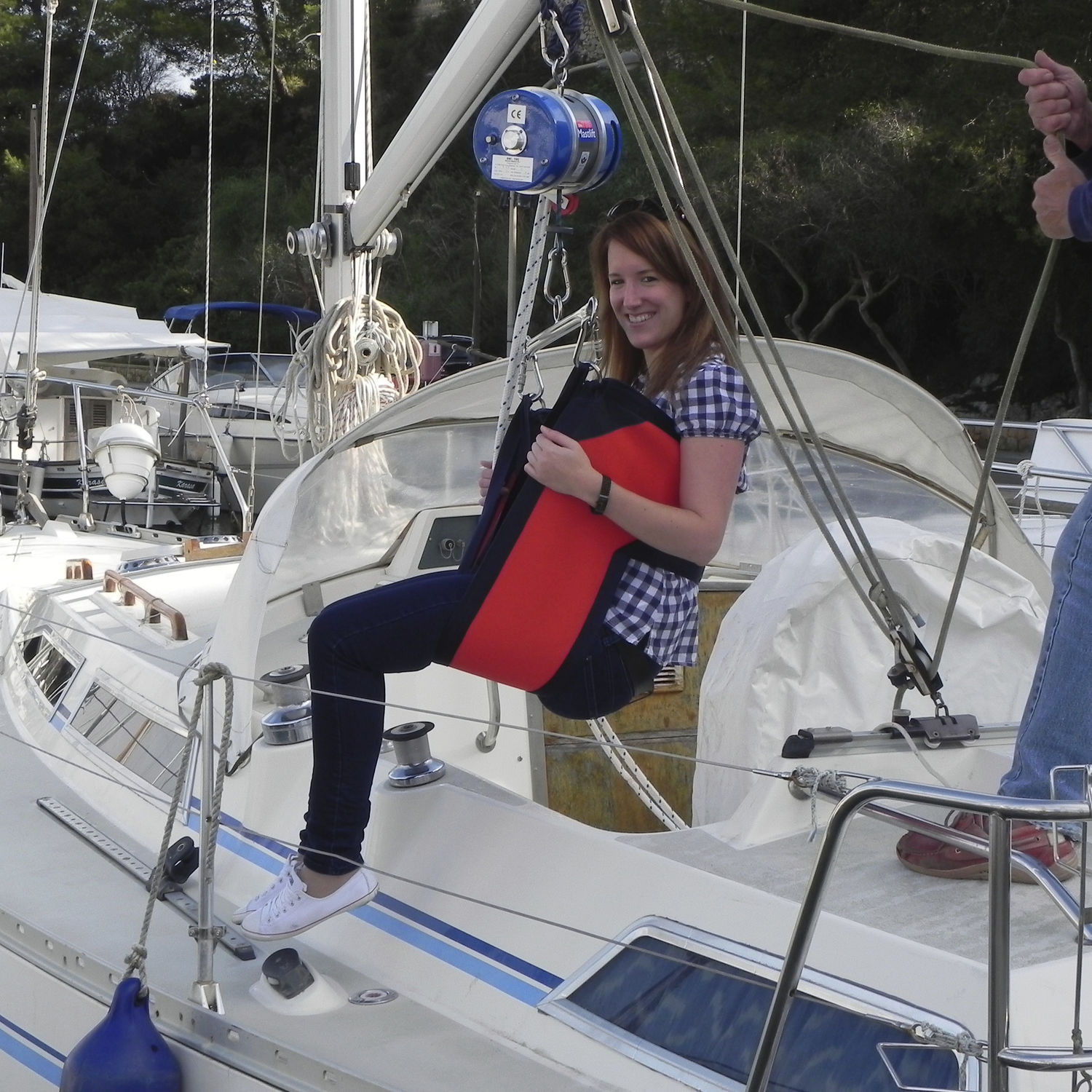Choosing the Right Bosun’s Chair for Specific Sailing Needs

Selecting the perfect bosun’s chair depends heavily on your sailing style and the demands of your activities. A chair suitable for leisurely coastal cruising might be entirely inadequate for the rigors of offshore sailing or the speed-focused needs of racing. Careful consideration of several factors ensures both safety and comfort.
Factors Influencing Bosun’s Chair Selection for Different Sailing Activities
Coastal cruising typically involves shorter trips with less demanding work aloft. A comfortable, reasonably priced chair with good weight capacity is sufficient. Offshore sailing, however, demands a chair built for durability and resilience against harsh weather conditions. Robust construction, superior materials, and potentially additional safety features like a fall arrest system are crucial. Racing requires a lightweight, easily deployable chair that doesn’t impede speed or maneuverability. A compact design and quick-release system are prioritized here.
Importance of Proper Fit and Comfort in a Bosun’s Chair
A poorly fitting bosun’s chair can lead to discomfort, fatigue, and even injury. Proper fit ensures secure support and reduces strain during prolonged use. Consider the chair’s seat size, leg loops, and back support. Adjustable features are highly beneficial, allowing customization for different body types and sizes. A well-padded seat and comfortable straps contribute significantly to overall comfort and reduce chafing. For larger individuals, a chair with a wider seat and robust construction is essential. Smaller individuals might need a chair with adjustable straps to achieve a snug, secure fit.
Flowchart for Selecting a Suitable Bosun’s Chair
Imagine a flowchart with three main branches stemming from a central “Start” node. The first branch represents boat size: “Small boat (under 30ft)” leads to a recommendation for a lightweight, compact chair. “Medium boat (30-45ft)” suggests a balance between comfort and durability. “Large boat (over 45ft)” points towards a robust, heavy-duty chair with high weight capacity. The second branch considers crew experience: “Experienced crew” allows for a wider range of chair options. “Inexperienced crew” emphasizes safety features like fall arrest systems. The third branch addresses budget: “Limited budget” suggests focusing on basic, functional chairs. “Moderate budget” opens up options for enhanced comfort and durability. “High budget” allows for premium chairs with advanced features. Each branch ultimately converges at a “Choose your Bosun’s Chair” endpoint, based on the combined considerations. This flowchart guides the user through a logical decision-making process, leading to a well-informed choice.
Maintenance and Safety Practices for Bosun’s Chairs: Best Bosun’s Chair For Sailboat

A bosun’s chair, while a simple tool, requires diligent care and safe handling to ensure its longevity and your safety. Regular maintenance prevents accidents and extends the lifespan of your equipment, protecting your investment and, more importantly, your well-being. Neglecting maintenance can lead to weakened ropes, frayed webbing, and broken hardware, all of which pose serious risks when working aloft.
Regular inspection and maintenance are crucial for preventing accidents and ensuring the longevity of your bosun’s chair. These procedures should be performed before each use and more thoroughly at regular intervals, depending on usage frequency.
Bosun’s Chair Inspection and Maintenance
Before each use, carefully examine every component of your bosun’s chair. Check the ropes for fraying, cuts, or signs of significant wear. Inspect the seat sling for tears, loose stitching, or any weakening of the material. Examine all metal hardware, including buckles, carabiners, and shackles, for rust, bending, or damage. Lubricate any moving parts with a suitable lubricant, such as silicone spray, to ensure smooth operation and prevent corrosion. After each use, clean the chair with mild soap and water, paying particular attention to removing any salt or grime. Allow it to dry completely before storing. A thorough inspection should be conducted at least every six months, or more frequently if the chair is used heavily. Replace any damaged components immediately. Do not compromise on safety; replace worn parts to avoid potential catastrophic failure.
Safe Use of a Bosun’s Chair, Best bosun’s chair for sailboat
Safe operation of a bosun’s chair requires adherence to strict safety protocols. Proper harnessing is paramount. Always use a full-body harness that meets appropriate safety standards. The harness should be properly adjusted and securely fastened before ascending. Ensure the chair’s ropes are securely attached to a strong, reliable point on the boat, capable of supporting your weight and any tools you’re carrying. Never overload the chair beyond its rated weight capacity. Always have a second person act as a spotter and communicate clearly. Use hand signals or a designated communication system to ensure smooth operation and to alert the spotter of any issues. Never work alone when using a bosun’s chair. Always communicate your intentions and actions to your spotter.
Safe Practices for Using a Bosun’s Chair
The following points Artikel safe practices for using a bosun’s chair. These are essential for ensuring your safety and preventing accidents.
- Pre-use Inspection: Thoroughly inspect all components of the bosun’s chair, including ropes, seat sling, and hardware, for any signs of wear, damage, or defects before each use. Replace any damaged parts immediately.
- Harnessing: Always use a properly fitted and adjusted full-body harness that meets relevant safety standards. Securely fasten all buckles and straps.
- Attachment Point: Ensure the chair is securely attached to a strong and reliable point on the boat capable of supporting your weight and any tools. Verify the attachment point’s strength before commencing work.
- Weight Limit: Never exceed the chair’s weight capacity. Account for the weight of tools and equipment.
- Spotter: Always have a designated spotter present to monitor your actions and assist in case of emergency. Establish clear communication protocols.
- Communication: Use hand signals or verbal communication to maintain contact with your spotter throughout the task.
- Weather Conditions: Avoid using the bosun’s chair in adverse weather conditions such as strong winds or heavy rain.
- Tool Management: Securely attach any tools to your harness or the chair to prevent them from falling.
- Emergency Plan: Have a pre-determined emergency plan in place in case of equipment failure or unforeseen circumstances.
